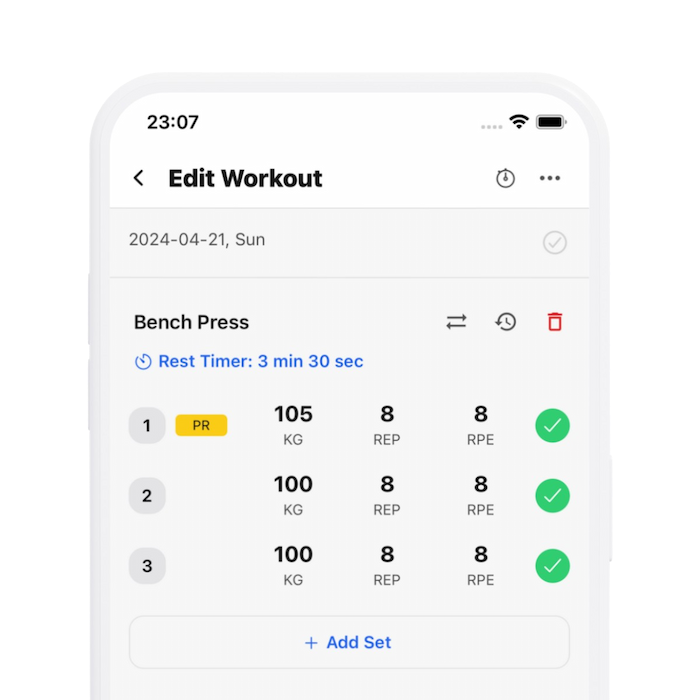30 Seconds SummaryBlueprint to Program Design
- Personalization is key in fitness program design, focusing on the unique context of each client's lifestyle, motivation, and psychological factors.
- Avoid adopting rigid, universally applicable fitness models as they can lead to frustration and decreased self-confidence in clients.
- Effective program design should integrate client-specific strategies that cater to individual needs and promote sustainability and adherence.
- Establish clear goals and objectives for the fitness program, understanding why the transformation is important and what changes are necessary to achieve it.
- Monitor progress using specific metrics like strength, volume, and physique measurements, adapting the program based on performance feedback.
- Program design should consider various training variables such as periodization, intensity, volume, and exercise type to optimize physical changes and achieve specific fitness goals.
- Maintain flexibility in programming, using a scientifically supported foundation to adapt and apply different strategies based on empirical evidence and individual responses.
Biolayne
Evan Shy
